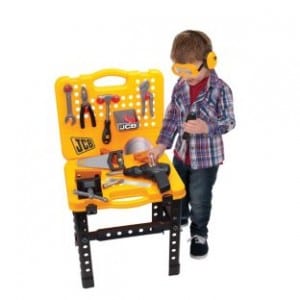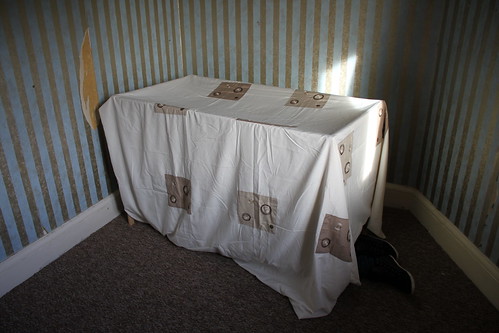Well that was an exciting four days!!! Thanks to all those that came and supported our little family, as well as the council for allowing us to use such a diverse and interesting space, but mostly thank god it’s over.
Although having explored new ways of reacting to space that I would never have expected, and finding myself trapped within the web of life, I feel as if I am free from the mad house. I would not mind popping back for tea with the white rabbit or cheeky chat in the bathroom with Jozey, but after how me and the cot room left it I do not feel as if I would enjoy going back there. Marina Abramovic states her works were based on discrepancies in perception: “You hear something but you see something else” (( Biesenbach, K. 2010, Marina Abramović. New York: Museum of Modern Art, p.14.)) and I feel I achieved this with sharp angular lines of wool countered by my softly spoken poem by Nicole Brossard. I have taken a lot of inspiration for my piece from Marina Abramovic, which may sound unlikely as many of her pieces include a lack of concern for the safety of herself, but the level of focus she demonstrates in pieces such as The Artist is Present in which she sat perfectly still in The Museum of Modern Art in New York from open to close, can be compared to my (although considerably shorter) focus with which I trace the wool.
In retrospect if I had not had the limitations of not being able to change the room’s cosmetics and having a budget I would have removed the carpet (as I am now sporting some lovely carpet burns) as it ruined the silence and quiet of the room. I would also have not been performing at the same time as the kitchen group because of how well sound carried through the walls. Although Libby is a beautiful singer, hearing her sing One Direction whilst I was slowly tracing the threads and whispering was not the best thing that could have happened. Albeit I managed to change the rooms aesthetic by creating my web and setting lights that projected the shadows of me and the threads across the far wall by the door. I feel the shadows gave the piece a more transcendent feel and as Edward Gordon Craig states “The masking effect of shadows… were designed to raise the action to this elemental but abstract plane” ((Innes, C. 1998, Edward Gordon Craig. Amsterdam, The Netherlands: Harwood Academic Publishers, p.93.)) if I could have I would have put these lights on the other side of the room to project the shadows against the cot and the wall behind it but due to limitations of space I could not.
I feel the house worked well with people being separated and reunited throughout the piece and every room having a different feel with one audience member commenting that “each room had its own smell” . I feel that each room allowed the audience member to take something different from it another audience member commented she “enjoyed the diverse nature of the rooms, and how each room had a different feeling and emotion. Leaving me feeling drained as I left the safe house to return home” This fills me with confidence that our group managed to achieve something unique, individual and the likes Lincoln has never seen before. I hope we left all those that came to watch wanting more.



